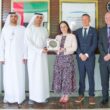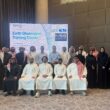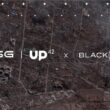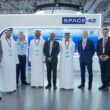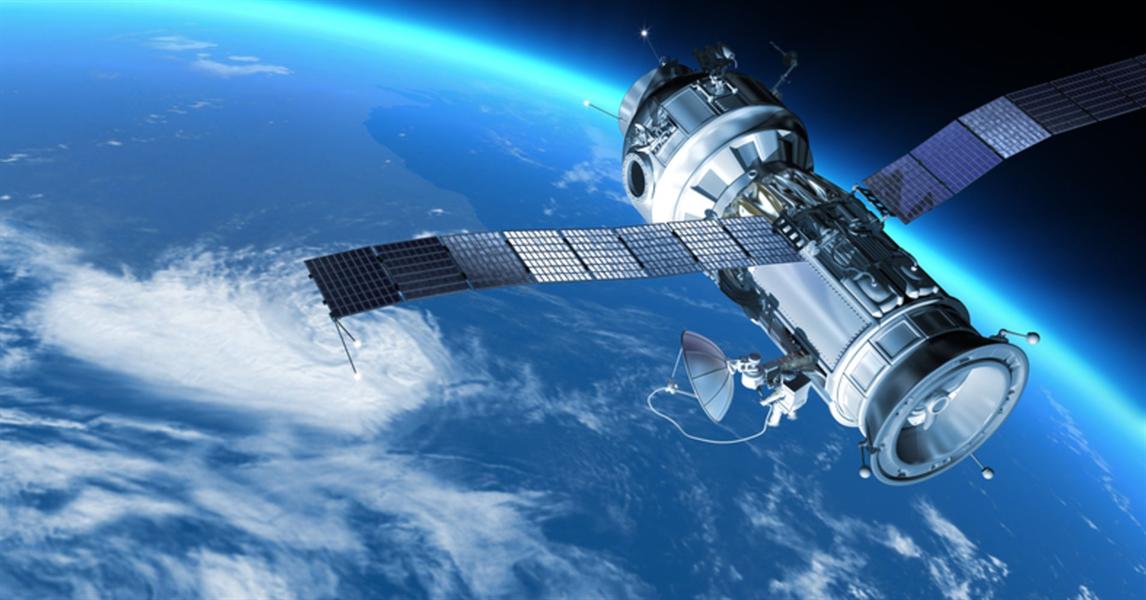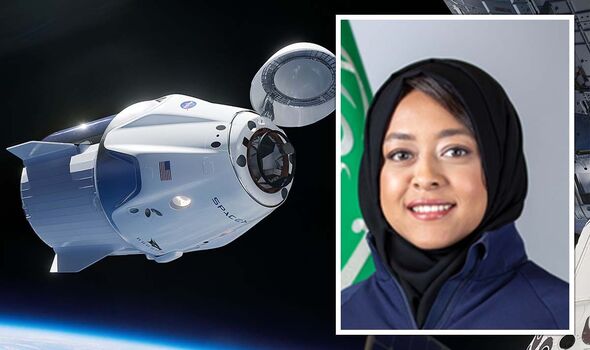
On a momentous Sunday, Saudi Arabia witnessed a groundbreaking event as its first astronauts in decades embarked on a thrilling journey to the International Space Station (ISS). Thanks to a chartered multimillion-dollar flight organized by Axiom Space, the crew set off on a historic mission that marks the kingdom’s reentry into space exploration. Led by a retired NASA astronaut, the team also included a U.S. businessman with a passion for sports car racing.
SpaceX, renowned for its pioneering efforts in space travel, was responsible for launching the crew from Kennedy Space Center. The capsule carrying the four astronauts is expected to reach the ISS on Monday morning, where they will spend just over a week conducting various experiments and experiencing life in microgravity before returning home with a splashdown off the Florida coast.
Sponsored by the Saudi Arabian government, this mission is significant for multiple reasons. Rayyanah Barnawi, a stem cell researcher, became the first woman from the kingdom to venture into space, breaking barriers and inspiring future generations. Joining her on this extraordinary journey is Ali al-Qarni, a fighter pilot with the Royal Saudi Air Force. These two individuals are the first from their country to ride a rocket since a Saudi prince embarked on the shuttle Discovery in 1985. Coincidentally, they will be welcomed at the ISS by an astronaut from the United Arab Emirates, fostering a sense of unity and collaboration among Gulf nations.
As the crew settled into orbit, Rayyanah Barnawi expressed her exhilaration, saying, “Hello from outer space! It feels amazing to be viewing Earth from this capsule.” Ali al-Qarni added, “As I look outside into space, I can’t help but think this is just the beginning of a great journey for all of us.” Their enthusiasm resonates with the dreams and aspirations of countless individuals who yearn to explore the unknown.
Accompanying the Saudi Arabian astronauts is John Shoffner, a former driver and owner of a sports car racing team based in Knoxville, Tennessee. Peggy Whitson, the station’s first female commander and holder of the U.S. record for the most accumulated time in space, also serves as their chaperone. Together, they form a diverse and accomplished crew, each contributing their unique expertise to the mission.
This is the second private flight to the ISS organized by Axiom Space, following last year’s mission involving three businessmen and a retired NASA astronaut. Axiom Space, headquartered in Houston, aims to expand humanity’s presence in space by constructing its own modules within the ISS and eventually creating a standalone commercial space station for future missions.
While Axiom has not disclosed the exact cost of this 10-day mission, previous estimates suggest a ticket price of $55 million per person. Additional expenses incurred include charges for food, equipment, and transportation, emphasizing the significant investments required for space travel. Nevertheless, the opportunities for scientific research, educational outreach, and the pursuit of human curiosity make such missions invaluable.
During their stay on the ISS, the visiting crew will have access to most of the station, conducting experiments, capturing breathtaking photographs of Earth, and engaging in conversations with schoolchildren back home. They will even demonstrate the intriguing concept of kites flying in space when attached to a fan, captivating audiences with the wonders of microgravity.
NASA’s stance on space tourism has evolved over the years, with the agency now embracing private missions, planning two per year. The Russian Space Agency has intermittently offered space tourism opportunities for decades. NASA’s space station program manager, Joel Montalbano, emphasized the agency’s commitment to expanding low-Earth orbit activities globally, acknowledging the importance of international collaboration in advancing space exploration.
As the SpaceX first-stage booster gracefully landed back at Cape Canaveral, completing another successful mission, the atmosphere was electric with excitement. Spectators, including approximately 60 Saudis, marveled at the awe-inspiring spectacle. Matt Ondler, a representative from Axiom Space, summed up the sentiment of the day, describing it as “a very, very exciting day.”
Saudi Arabia’s return to space signifies a renewed commitment to scientific progress, technological advancement, and inspiring the next generation. It opens the doors to a realm of possibilities and encourages other nations to explore the cosmos together. This remarkable journey not only represents a significant achievement for the Saudi Arabian astronauts and their international counterparts but also highlights the universal human desire to reach for the stars and discover what lies beyond our home planet.
